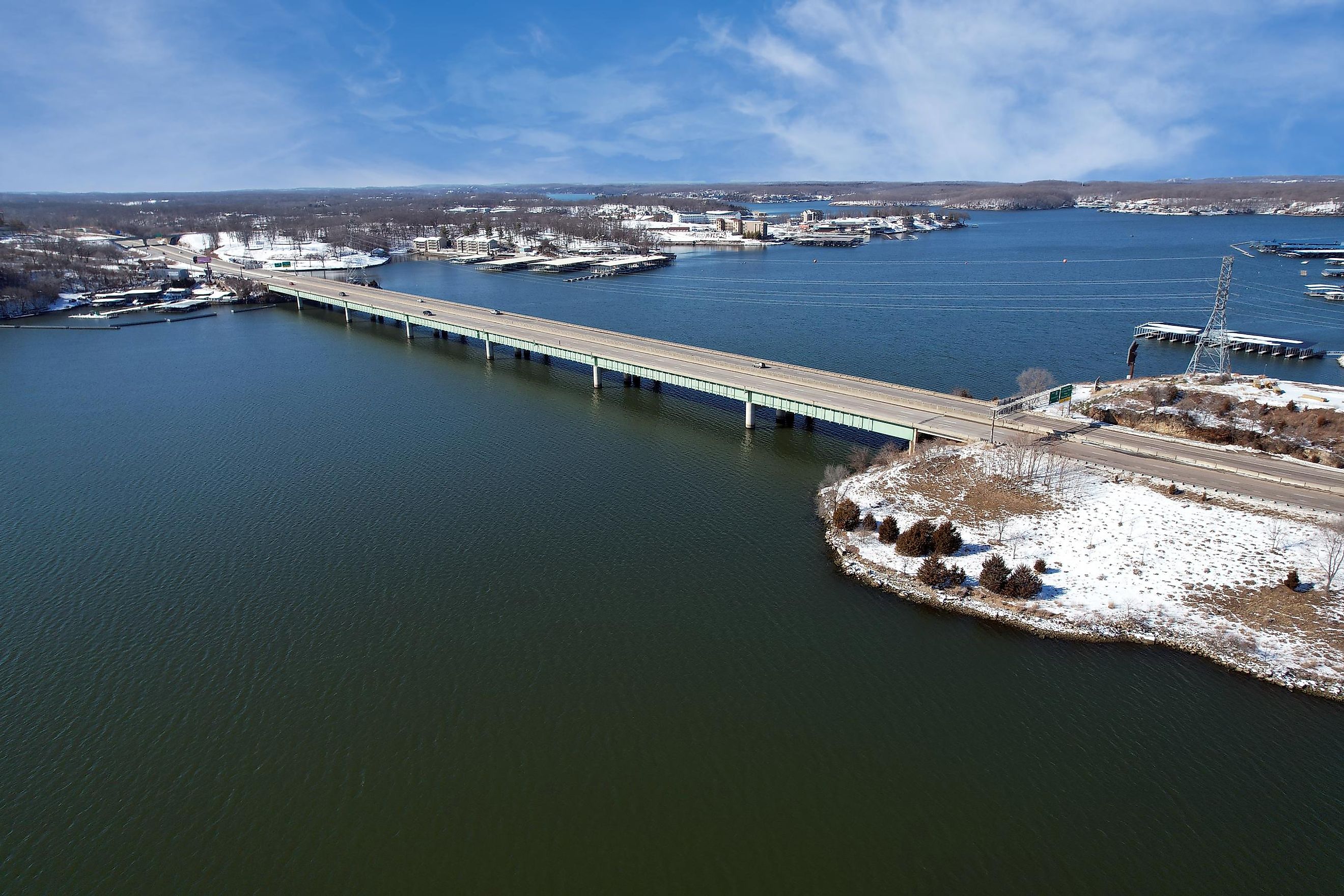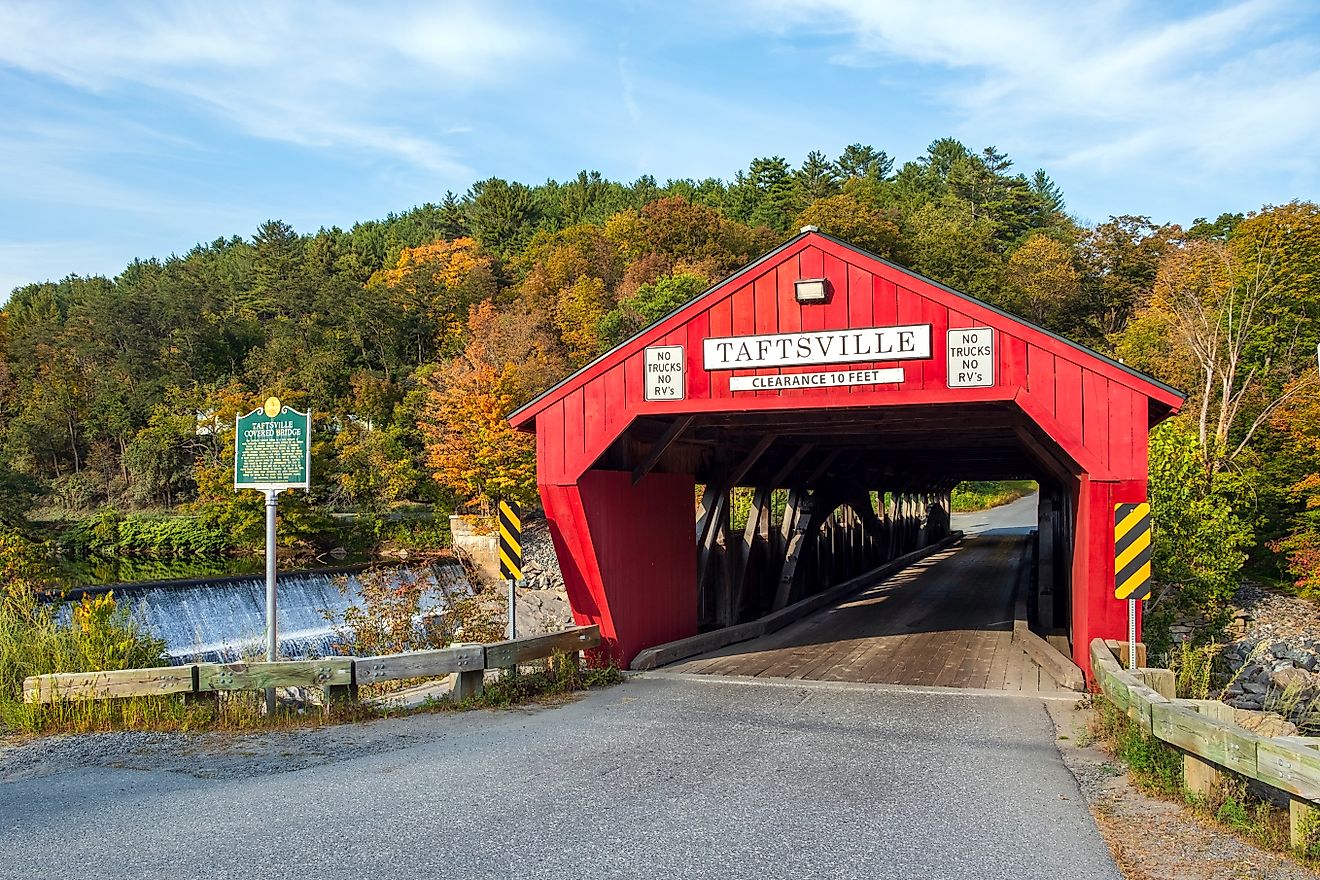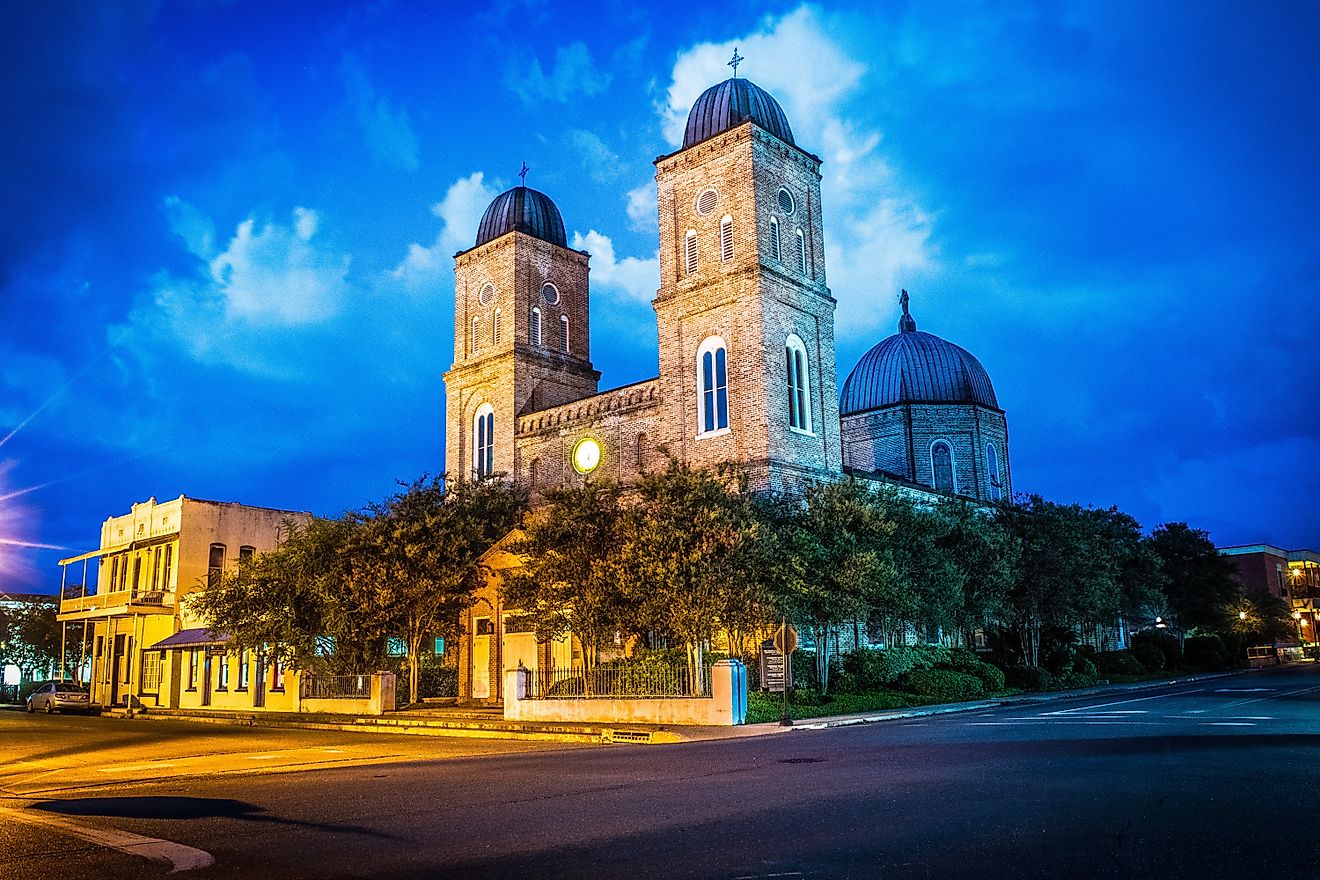
Osage Beach, Missouri
Frequently referred to as "The Heart of the Ozarks," Osage Beach is a city located within the US state of Missouri. The city is a popular destination given its position at the center of the Lake of the Ozarks, offering multiple recreational activities for those seeking a summer getaway.
Geography Of Osage Beach

Osage Beach is a small but growing city situated in central Missouri on US Highway 54. As a part of both Miller and Camden counties, the city is located 42 miles southwest of the Missouri State's capital, Jefferson City. The majority of the city's area lies within Camden County, whereas a significantly smaller portion lies in Miller County. Osage Beach's geographic coordinates are 38.13835°N and 92.648678°W (38.13835, -92.648678). Moreover, the city has an altitude of 860 feet and a total area of 10.33 square miles, which can be further split into 9.75 square miles of land and 0.58 square miles of water area.
Climate Of Osage Beach
Osage Beach features a hot summer climate considered both wet and muggy. This 3.4-month hot season begins on June 2 and ends on September 15, recording an average daily high of over 80°F. July ranks as Osage Beach's hottest month, recording an average high of 89°F and an average low of 69°F. In stark contrast is the city's significantly cold and snowy 3-month winter period, which commences on November 27 and ends on February 26. The year's coldest month is January since it records an average daily low of 26°F and an average high of 44°F.
The period between March 16 to October 2 exhibits a 28% likelihood of any given day being a wet day, with May ranking as the year's wettest month with an average of 12.5 days of precipitation. Compared to the US' average of 38 inches of rain annually, Osage Beach records an average of 45 inches. In addition, the city encounters a 3.9-month snowy period from November 19 to March 15, with an average of 10 inches of snow annually. According to various tourism scores, late May to late September is the best time to visit the city to experience warm-weather activities.
Brief History Of Osage Beach
The city's name originates from the Osage tribe of Native Americans who previously dwelled in Missouri and Arkansas. The Osage tribe, the largest tribe of the Southern Sioux people, proceeded to become one of the wealthiest surviving Native American nations, given their decision to exchange their lands in exchange for a reservation situated in Oklahoma.
Although originally known as "Zebra" due to its nearby striped bluffs, Osage Beach was first established in 1886. However, the city would not be incorporated until 1959. After the Lake of the Ozarks was created upon completing the Bagnell Dam in 1931, the name "Osage Beach" was adopted upon establishing the first local post office at a cliff overlooking this new lake. Moreover, the name also refers to the sandy beaches that line the banks of the Osage River.
Population And Economy Of Osage Beach
As of the most recent US Census, Osage Beach had a 2020 population of 4,792 individuals, making it the 138th largest city in Missouri. Since the 2010 US Census, which recorded a population of 4,351 people, the city has increased by 10.14% and continues to grow at 0.88% annually. Furthermore, the city has a population density of 488 individuals per square mile.
The city's median age is 48.3 years. In terms of ethnic demographics, the city is almost exclusively White, as this group makes up 93.43% of the total population. 2.93% are of two or more races, 1.89% are Black or African American, and 1.75% are Native American.
When it comes to Osage Beach's economic standing, the city has an average household income of $60,510 and a poverty rate of 28.55%. Males in the city typically have an average income of 1.36 times higher than the female average annual income of $46,787. More than 1,980 individuals are employed by Osage Beach's economy, with the largest industries being retail trade, accommodation, food services, health care, and social assistance. The highest paying industries are professional, scientific, and technical services with an annual average of $88,833, public administration with an annual average of $54,886, and finance and insurance at an average of $53,438. Moreover, the average monthly rental cost is $667, and the city's median house value is $240,000.
Lake Of The Ozarks State Park

Ranking as Missouri's largest state park, Lake of the Ozarks State Park consists of 89 miles of shoreline and incorporates two swimming beaches, an aquatic trail, and several marinas. The 17,441-acre park also offers several campgrounds and hiking, equestrian, and mountain biking trails. Visitors can even venture to explore the Ozark Caverns, which are renowned for their waterfalls and stalactite formations that are frequently referred to as "Angels' Showers."
The park is also home to endemic fauna, such as the southern redback salamander, northern water snake, pickerel frog, belted kingfisher, pileated woodpecker, muskrat, and even bobcat. Rare sightings have even documented river otters and nine-banded armadillos. Thus, the park features a total of 54 fish species, 20 amphibian species, 33 reptile species, 173 bird species, and 32 mammal species.
From its humble origins in 1886, Osage Beach has witnessed steady growth over the years and has become renowned as a premier lake destination. The Lake of the Ozarks State Park offers a wide range of activities for those seeking top-notch summer activities and a number of world-class hiking trails where rare and endemic fauna can be readily observed in the area's pristine ecology.











